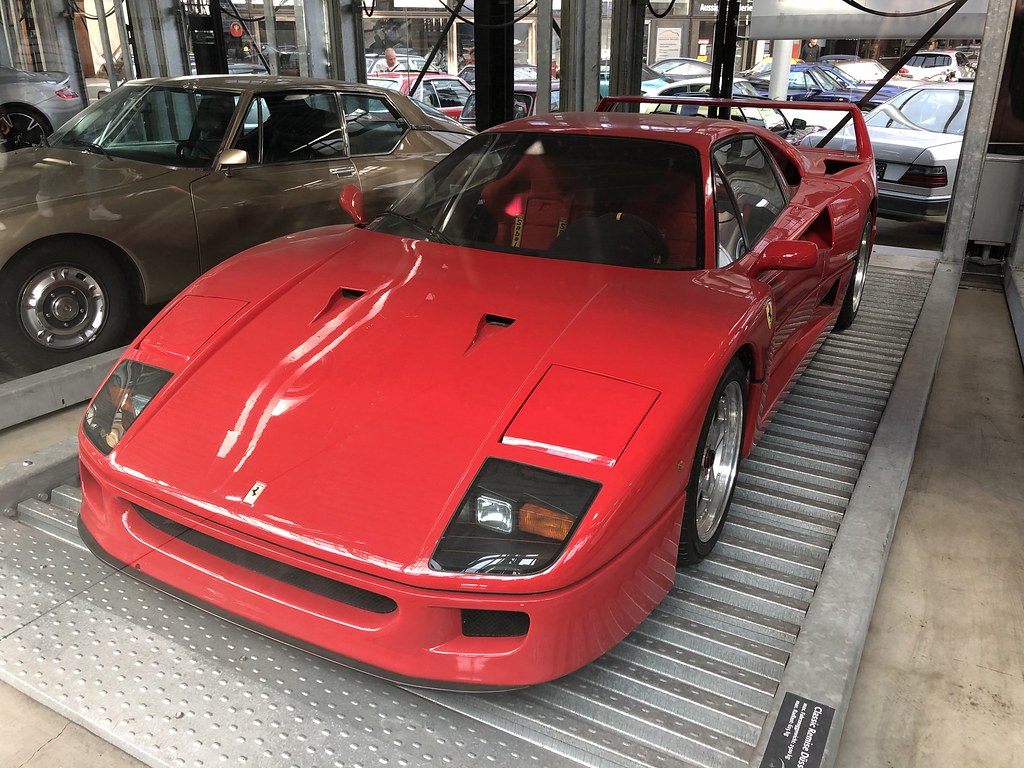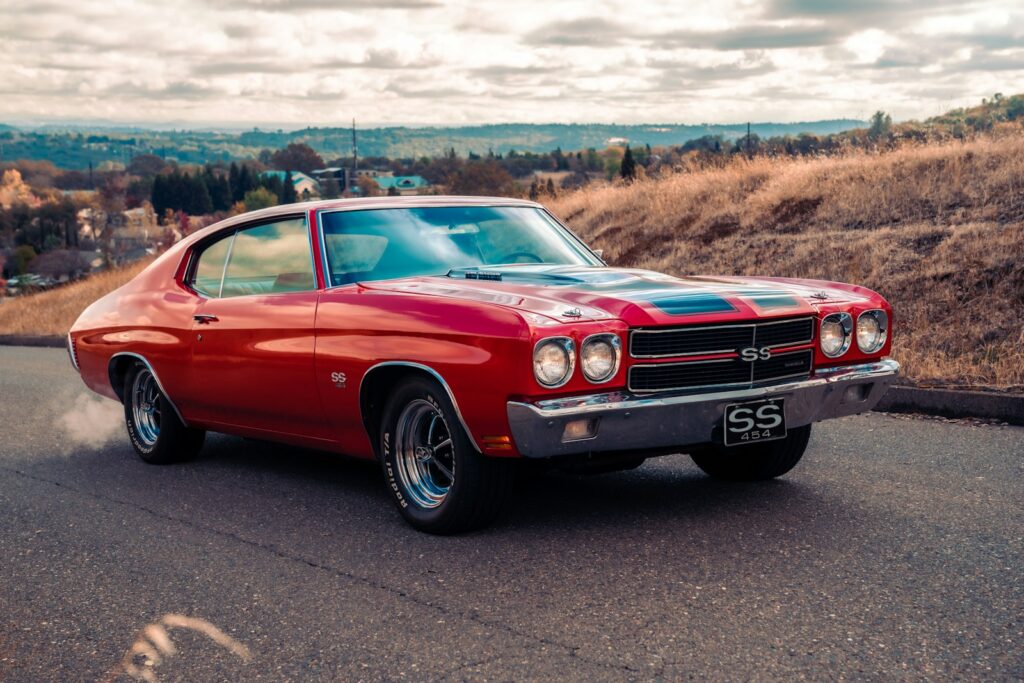
The global automotive industry is currently navigating an unprecedented era of transformation, far removed from the familiar patterns of decades past. What was once a landscape primarily shaped by design innovation and market share battles among established giants has evolved into a complex battlefield of geopolitical tensions, trade disputes, and radical technological shifts. As Mercedes-Benz Group CEO Ola Källenius aptly described it, the industry is experiencing “heavy rain, hail, storms and snow at the same time,” a sentiment echoed by Sigrid de Vries of the European Automobile Manufacturers’ Association, who calls it a “polycrisis.” This confluence of challenges—ranging from rising production costs and stringent regulatory pressures to intense competition and a bumpy electric vehicle transition—is forcing automakers to rethink fundamental strategies, including how and why they consolidate or, indeed, refuse to merge.
This profound structural disruption, as Henner Lehne of S&P Global Mobility notes, demands “strategic recalibration across investment, product planning, and global operations.” With globalization seemingly in retreat and traditional market dynamics fragmented, the allure of large-scale mergers, once a go-to strategy for achieving economies of scale and gaining competitive advantage, is now often overshadowed by intricate regional complexities and deeply rooted corporate identities. The decisions made by major manufacturers in this environment—whether to embrace alliances, pursue acquisitions, or steadfastly maintain independence—are not merely business choices; they are statements on how to survive and thrive in a market that is rapidly redefining itself.
In this in-depth analysis, we go behind the scenes of the dealership to explore the strategic maneuvers and steadfast decisions of key players in the global automotive arena. We delve into specific instances where merger talks collapsed, examining the underlying factors that prevented consolidation. Beyond outright refusals, we also dissect how leading manufacturers are opting for alternative pathways—such as localized production, strategic partnerships, or intensive in-house innovation—to weather the storms of tariffs, supply chain disruptions, and the relentless march of technological change, revealing a multifaceted approach to an industry in constant flux.
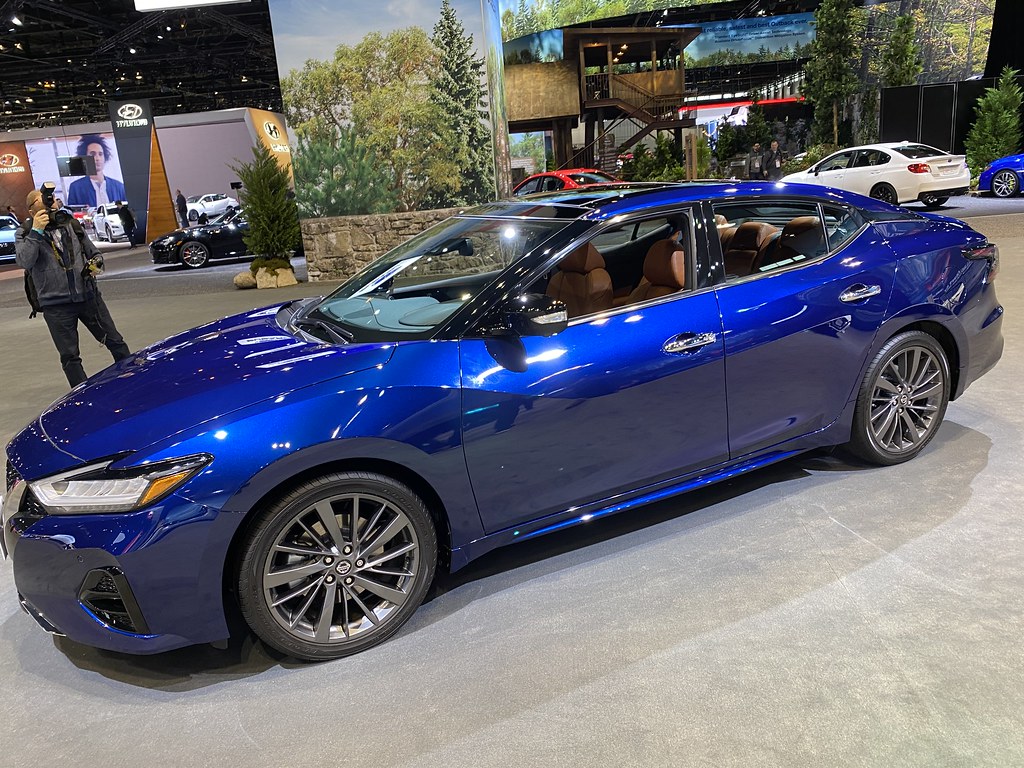
1. **Nissan’s Stance: The Refusal to Be a Subsidiary**In a striking revelation from Tokyo in February 2025, merger talks between Honda and Nissan, which held the potential to create the world’s third-biggest auto company by unit sales, were officially scrapped. This collapse was not merely a hiccup in negotiations but a profound strategic decision on Nissan’s part. Reports from local media highlighted a critical point of contention: Honda, “frustrated by its rival’s slow decision-making on restructuring,” reportedly “wanted to make it a subsidiary.” This demand, which sought to subsume Nissan’s corporate identity and operational autonomy under Honda’s wing, was deemed unacceptable by Nissan’s leadership.
The rejection underscores Nissan’s deep-seated commitment to its independence and strategic freedom. Mizuho Securities analyst Yoaka Ishiyama commented that “Nissan appears to be stressing its independence and freedom of (decision-making on) its strategy,” a stance that, while crucial for its self-determination, “for Honda’s eyes may not maximise benefit of economy of scale.” This decision, therefore, reflects a potent refusal to cede control, even in the face of significant challenges. Nissan, founded in 1933, has a long and complex history, including a significant alliance with French automaker Renault since 1999 and Mitsubishi Motors since 2016, which itself has been fraught with tensions, notably the 2018 arrest of its former boss, Carlos Ghosn.
Indeed, Nissan’s position in the global market is precarious, making its refusal even more significant. The company has been “struggling, last year reporting a 93-percent plunge in first-half net profit and axeing 9,000 jobs in November.” Furthermore, it remains “saddled with billions of dollars of debt.” Bloomberg’s Tatsuo Yoshida articulates Nissan’s predicament succinctly, stating that the company “faces significant challenges, including financial instability and the need to strengthen its position in the advanced technology battlefield.” Despite these substantial hurdles, Nissan chose to prioritize its autonomy, signaling that even in an era of consolidation, maintaining control over one’s destiny can trump the perceived benefits of a subsuming merger.
This strategic choice by Nissan highlights a deeper narrative within the automotive industry: that not all mergers are created equal, and the terms of integration matter immensely. For Nissan, the potential loss of independence, even if it brought economies of scale, was a line not to be crossed. Its path forward now, as analysts like Seiji Sugiura suggest, might involve seeking alternative partners such as tech firm Foxconn, which “remains to be an option for Nissan.” This ongoing search for collaboration, rather than full integration, showcases a nuanced approach to navigating an intensely competitive and technologically driven global landscape.
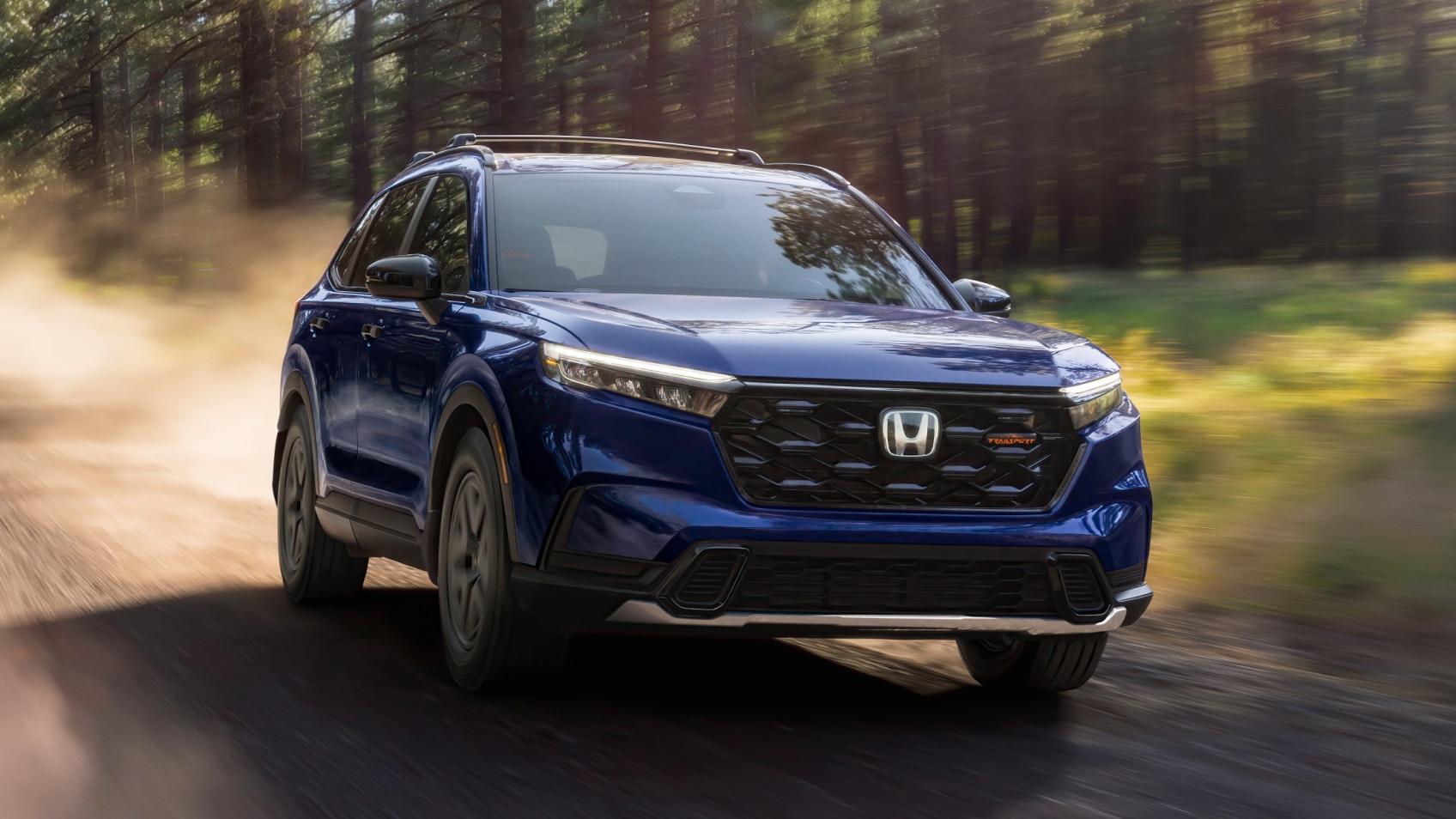
2. **Honda’s Dilemma: The Unfulfilled Pursuit of Scale**Honda, a company with a storied history dating back to its founding in 1948 as a small factory making motorcycles, is now the world’s biggest producer of two-wheelers and a significant player in the four-wheel vehicle market, producing 3.7 million cars annually. Its bid to merge with Nissan was clearly motivated by a strategic imperative: to “enhance R&D capabilities, and better compete” in critical areas such as “advanced technologies including electrification and software-defined vehicles.” As Tatsuo Yoshida of Bloomberg Intelligence pointed out, Japanese carmakers have generally “lagged in the electric vehicle sector, especially against Chinese firms,” making such a consolidation seem like a logical step.
The failure of the merger talks with Nissan, however, leaves Honda in a complex position, still needing to address the very challenges that prompted the discussions. Seiji Sugiura, an auto analyst at Tokai Tokyo Intelligence Laboratory, observes, “For Honda, there remains a concern about how to beef up its four-wheel vehicle business.” The fact that “Honda executives had wanted to merge with Nissan means that they needed a close collaboration in R&D at a deeper level than an alliance, (which) involves sharing confidential company information.” This implies that existing alliances or superficial collaborations were not enough to meet Honda’s strategic needs for comprehensive technological advancement.
Despite the setback, Honda and Nissan had already agreed on talks over partnership in electrification technologies and software development, later joined by Mitsubishi Motors. This indicates a recognition of shared needs and a willingness to collaborate at certain levels, even if a full merger proved unfeasible. Honda’s push for a subsidiary relationship with Nissan suggests its desire for a more integrated, singular vision to drive R&D and achieve substantial economies of scale. When that ambition was met with Nissan’s firm refusal, the path to deeper collaboration through merger was effectively closed.
Now, without the envisioned mega-deal, Honda must meticulously reassess its long-term strategy for its automotive division. The need for technological advancement and scale in the EV and software-defined vehicle sectors remains paramount. While a hostile takeover bid of Nissan is mentioned as a theoretical possibility by Sugiura, a more immediate and pragmatic approach for Honda is likely to involve exploring other strategic alliances or intensifying its in-house R&D efforts. The lesson from the failed merger is clear: achieving scale and technological leadership in today’s volatile market requires flexibility, even when a preferred partner opts for independence.

3. **Stellantis’ Tariff Response: Operational Adjustments Over Consolidation**The global automotive industry is not only shaped by internal merger dynamics but also by powerful external forces, prominently exemplified by the imposition of new “Global and Reciprocal Tariffs” by the White House. Stellantis, one of the world’s largest automakers, has found itself directly in the crosshairs of these measures, revealing how trade policy can swiftly reshape manufacturing strategies. The US tariffs, specifically a 25% levy on foreign-made automobiles effective April 2–3 and an additional 25% on auto parts starting May 3, have forced immediate and drastic operational changes across North America, impacting Stellantis’s facilities in the US, Canada, and Mexico.
In a rapid response to these economic pressures, Stellantis announced temporary layoffs of 900 workers at five US facilities and paused production at its Windsor, Canada, and Toluca, Mexico, assembly plants. These swift, decisive actions highlight a focus on immediate operational adjustments rather than seeking major consolidation or new mergers as a first-line defense. The company’s Chief Operating Officer, Antonio Filosa, stated that Stellantis is “continuing to assess the medium- and long-term effects of these tariffs,” indicating a careful, evolving strategy to manage the fallout without rushing into large-scale structural changes. This proactive but contained approach is crucial for navigating what many analysts describe as a “structural shift—not just another short-lived crisis.”
The implications of these tariffs extend far beyond mere financial adjustments; they underscore the fragility of highly integrated global supply lines. As parts often cross borders multiple times, they can incur “multiple tariffs (e.g., steel/aluminum plus electronics from China or the EU),” leading to what is termed “tariff stacking.” This scenario particularly threatens “smaller suppliers with razor-thin margins,” creating a domino effect that impacts larger OEMs like Stellantis. UAW President Shawn Fain called the layoffs “a completely unnecessary choice,” reflecting the immediate human cost of these policy changes.
Stellantis’s response reflects a broader industry challenge where “there’s no simple playbook for this moment.” Rather than a wholesale merger, the company is demonstrating a strategy of supply chain optimization and localized resilience. Its actions exemplify how major manufacturers are compelled to react to geopolitical shifts with tactical adjustments to production and workforce management, aiming to mitigate costs and maintain competitive pricing. This pragmatic approach signifies a “refusal” to rely solely on external growth through mergers as a solution to deeply ingrained systemic issues, favoring internal restructuring and adaptation in the face of unpredictable trade environments.
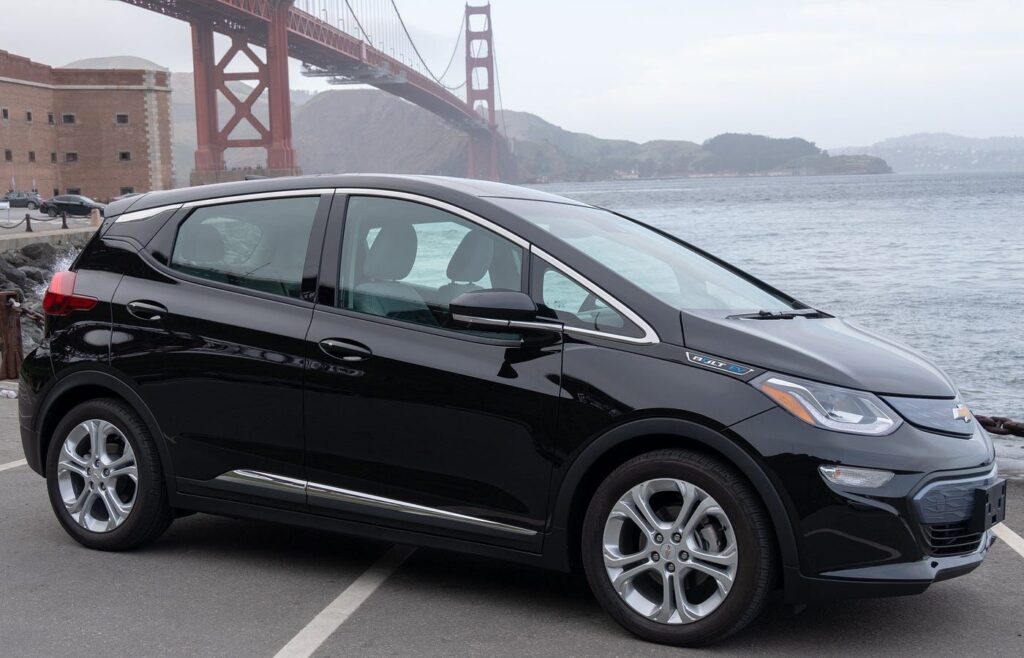
4. **General Motors’ Strategic Shifts: Localizing and Realignment**General Motors (GM), another titan of the automotive world, is responding to the current climate of trade tensions and supply chain vulnerabilities with a distinct strategy that emphasizes localization and the realignment of existing partnerships rather than pursuing new mega-mergers. The imposition of broad reciprocal tariffs has compelled GM to re-evaluate its production footprint, particularly for its highly profitable truck segments. In a direct move to counter these measures, GM announced an increase in production of Chevrolet Silverado and GMC Sierra trucks at its Fort Wayne, Indiana plant, creating 225–250 new jobs and hiring several hundred temporary workers.
This decision to boost domestic production directly reflects CEO Mary Barra’s prior mention of “the possibility of shifting some truck production to the US from Canada and Mexico in response to trade changes.” Such a strategy exemplifies “using existing capacity to address supply chain disruptions without costly expansions,” thereby avoiding the immense capital outlays and multi-year timelines associated with building entirely new facilities or integrating through large-scale mergers. It signifies a strategic “refusal” to let external tariffs dictate a wholesale structural overhaul, instead opting for agile internal adjustments.
Beyond production shifts, GM is also recalibrating its strategic ventures. LG Energy Solution’s acquisition of General Motors’ entire stake in their Ultium Cells battery plant in Lansing, Michigan, for $2 billion, marks a significant shift. Originally a 50/50 partnership, the facility will now operate solely under LGES, aiming to “enhance investment and efficiency in the US.” While this is an acquisition from LGES’s perspective, for GM, it represents a strategic divestment and a realignment of its battery supply chain strategy. It allows GM to focus its capital and resources elsewhere, potentially giving it more flexibility in securing battery technology without being tied to a co-ownership structure.
These moves by General Motors underscore a broader trend where major automakers are prioritizing operational flexibility and supply chain resilience in a fragmented global market. Rather than chasing the grand consolidations that might appear on paper as a solution to scale issues, GM is opting for pragmatic, localized adaptations and strategic adjustments to its investment portfolio. This reflects a calculated “refusal” to engage in mergers that could complicate an already turbulent operational environment, choosing instead to strengthen its core production capabilities and streamline its existing partnerships to navigate the new economic realities.
Navigating this complex terrain, the industry’s trajectory is shaped by collective European challenges, the imperative for suppliers to innovate internally, the undeniable rise of Chinese EV manufacturers, and the evolving landscape of cross-industry tech partnerships. These shifts underscore a foundational recalibration, moving away from conventional consolidation towards a more fragmented, yet highly interconnected, future. The refusal to merge is often not a passive stance but an active choice to carve out alternative pathways to resilience and growth.
Car Model Information: 2023 Chevrolet Silverado 1500 LTZ
Name: Chevrolet Silverado/GMC Sierra
Caption: 2022 Silverado 2500HD High Country
Manufacturer: General Motors
Aka: unbulleted list
Production: 1998–present
Assembly: unbulleted list
Class: unbulleted list
BodyStyle: unbulleted list
Layout: unbulleted list
Predecessor: unbulleted list
Categories: 2000s cars, 2010s cars, 2020s cars, All-wheel-drive vehicles, All Wikipedia articles written in American English
Summary: The Chevrolet Silverado is a range of trucks manufactured by General Motors under the Chevrolet brand. Introduced for the 1999 model year, the Silverado is the successor to the long-running Chevrolet C/K model line. Taking its name from the top trim level from the Chevrolet C/K series, the Silverado is offered as a series of full-size pickup trucks, chassis cab trucks, and medium-duty trucks. The fourth generation of the model line was introduced for the 2019 model year.
The Chevrolet Silverado shares mechanical commonality with the identically related GMC Sierra; GMC ended the use of the C/K nomenclature a model generation prior to Chevrolet. In Mexico, high-trim level versions of the Silverado use the Chevrolet Cheyenne name (not to be confused with the 2003 concept). Competing against the Ford F-Series, Ram pickup, Toyota Tundra, and Nissan Titan, the Silverado is among the best-selling vehicles in the United States, having sold over 12 million trucks since its introduction in 1998 as a 1999 model year.
Get more information about: Chevrolet Silverado
Buying a high-performing used car >>>
Brand: Chevrolet Model: Silverado
Price: $46,293 Mileage: 13,309 mi.
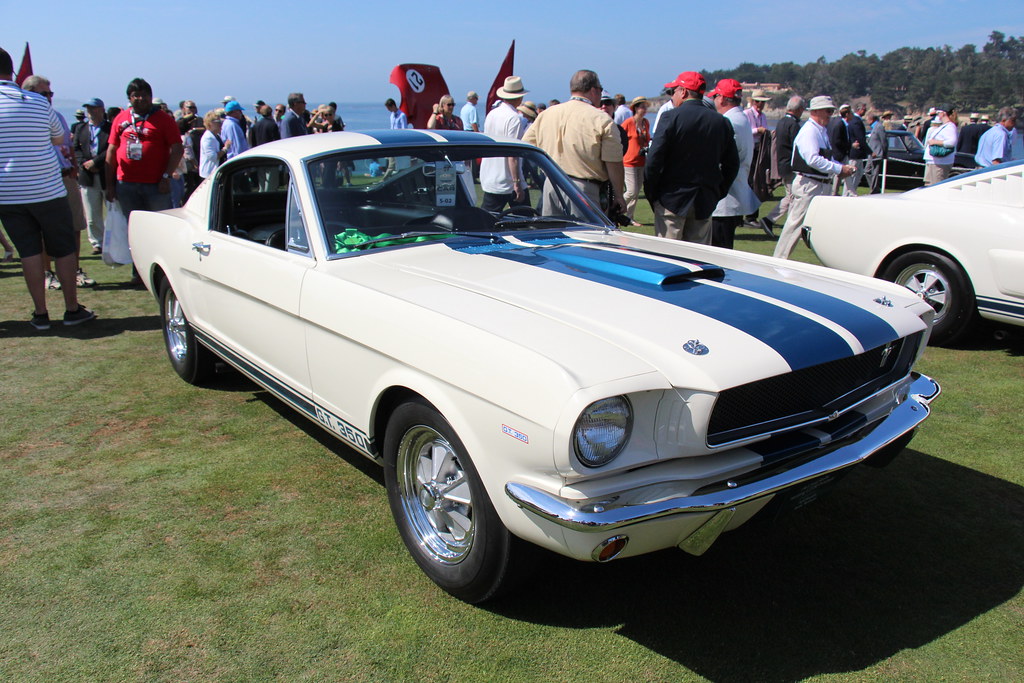
5. **The European Automakers’ “Polycrisis” and Collective Response**Europe’s automotive sector finds itself in a particularly precarious position, grappling with what Mercedes-Benz Group CEO Ola Källenius described as “heavy rain, hail, storms and snow at the same time.” This sentiment is echoed by Sigrid de Vries of the European Automobile Manufacturers’ Association (ACEA), who calls it a “polycrisis”—a confluence of simultaneous headwinds that amplify each other. These challenges range from escalating production costs and intense competition to a bumpy electric vehicle transition and stringent regulatory pressures, all demanding immediate and innovative responses.
For the EU, the path to climate neutrality by 2050 includes ambitious mandates: a 55% reduction in carbon emissions from new cars by 2030, compared to 2021 levels, and a target for all new cars sold from 2035 to have zero carbon emissions. While European automakers are committed to these goals, De Vries noted that “we feel we have our hands tied behind our backs. We cannot deliver on this objective alone. We need the other parts of the equation to be there as well,” highlighting the need for greater political support and a conducive regulatory environment.
Equity analyst Rella Suskin of Morningstar criticized EU regulations, stating they have been “awful” compared to China’s supportive industrial policies. Suskin pointed out that while regulations have forced European manufacturers to invest billions in EV manufacturing capacity, a simultaneous withdrawal of incentives has led to lagging demand. This creates a scenario where companies are burdened with substantial capital expenditure bills without sufficient revenue to support them.
In response, European car giants are not pursuing large-scale mergers but are instead focusing on a “value-over-volume” strategy, prioritizing higher-margin models over mass-market vehicles. They are also diversifying their offerings by focusing on hybrid vehicles, exploring relocation of production to lower-cost countries, and forming strategic partnerships with Chinese firms. The German Association of the Automotive Industry (VDA) emphasizes a renewed commitment to innovation, planning to invest approximately 320 billion euros in research and development between 2025 and 2029, with a significant portion allocated to capital investments.
This collective strategic adjustment reflects a recognition that in an environment where “globalization is in retreat,” as Henner Lehne of S&P Global Mobility notes, a unified global market is fragmented. This necessitates localized production strategies and market-specific product portfolios, making large-scale cross-border mergers less appealing than agile, internal adaptations and targeted collaborations to navigate the unique demands of each regional market.
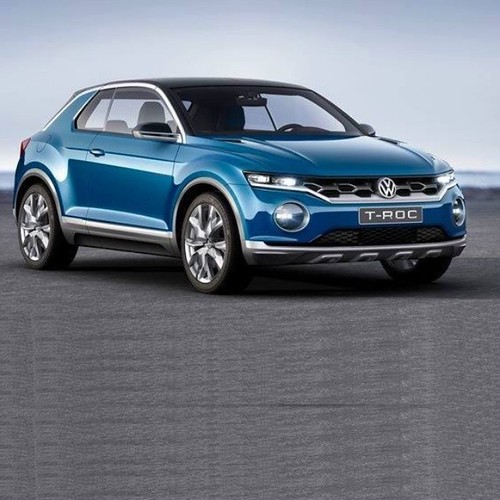
6. **Traditional Suppliers’ Strategic Pivot: In-house Innovation and Software Dominance**The automotive industry’s transformation poses existential threats and new opportunities for traditional suppliers, particularly those focused on internal combustion engine (ICE) components. These companies, historically centered on mechanical parts, now face the dual imperative of transitioning to electrified vehicles and deeply integrating software into their product offerings. This shift demands substantial investments in research and development, alongside strategic collaborations with technology firms, to develop truly innovative solutions that redefine vehicle functionality.
In an era where global free trade is increasingly challenged, the development of robust in-house software solutions has become paramount for suppliers. This capability is crucial not only for meeting client needs but also for supporting organic growth and expansion in a market where margins are eroding and the industry’s focus is decisively shifting towards software-defined vehicles (SDVs). The transition to EVs and SDVs, which began before 2020, continues to reshape consumer expectations, with buyers increasingly demanding energy-efficient vehicles equipped with advanced features such as autonomous driving, connectivity, and enhanced safety.
For traditional ICE suppliers, this marks a diminishing marginal returns game, as there is little room left for fundamental innovation in mechanical components and systems. While some mechanical marvels, like BYD’s all-electric Yangwang U9 and its DiSus-X Intelligent Body Control System, appear groundbreaking, their impressive capabilities are fundamentally enabled and orchestrated by sophisticated software. BYD itself stated that its DiSus system “offers collaborative control in body dynamics… which provides a foundation for the future development of Advanced Driver Assistance Systems (ADAS).”
This integration of physical performance with intelligent software underscores a critical shift: innovation is moving away from foundational hardware towards intelligent systems that redefine vehicle performance. The challenge is further exacerbated by supply chain vulnerabilities, as exemplified by Nexperia, a Dutch company making essential chips. A trade dispute involving its China-based parent company, Wingtech Technologies, led to China banning exports of specific components, threatening global auto plant shutdowns. Nexperia, though little known, supplies about 40% of automotive chips in the transistors and diodes segment and has 6,000 products qualified for automotive use, making its continued operation critical.
As John Bozzella, CEO of the Alliance for Automotive Innovation, stated, “If the shipment of automotive chips doesn’t resume – quickly – it’s going to disrupt auto production in the U.S. and many other countries.” This dependency highlights that even as the industry pivots to software, the foundational electronic components remain indispensable, and their supply chain stability is a non-negotiable factor for continued operation. Traditional suppliers are thus not only recalibrating their product portfolios but also meticulously mapping and monitoring deep-tier sourcing to mitigate unprecedented risks.

7. **The Disruptive Ascent of Chinese EV Manufacturers: A New Global Order**The global automotive landscape is being fundamentally reshaped by the aggressive expansion and increasing dominance of Chinese EV manufacturers. What was once a market where China relied heavily on foreign automakers for technology and expertise has transformed, with China emerging as the world’s largest car exporter. In 2024 alone, Chinese manufacturers shipped nearly five million passenger vehicles, a dramatic increase from fewer than one million just four years prior, challenging traditional players from the United States, Europe, and Japan on an unprecedented scale.
This surge is no accident but the result of decades of strategic industrial policy, substantial government subsidies, and aggressive investment in manufacturing capacity. Chinese manufacturers such as BYD, SAIC, Chery, and Great Wall have expertly leveraged cost efficiency and advanced battery technology to produce electric vehicles that are often more affordable and technologically sophisticated than their Western counterparts. Their stronghold extends across both internal combustion engine vehicles and, increasingly, electric vehicles, allowing China to not just participate in but effectively set the agenda for the global automotive market.
Bloomberg Intelligence analyst Tatsuo Yoshida highlighted that Japanese carmakers, for instance, have “lagged in the electric vehicle sector, especially against Chinese firms.” This competitive disparity is stark, with China’s leading EV-maker BYD selling more vehicles globally last year than Honda and Nissan combined. This robust performance by Chinese brands underscores their formidable capacity for innovation and market penetration, pushing established automakers to rapidly accelerate their own electrification strategies or risk being left behind.
Moreover, the geopolitical implications of China’s automotive rise are significant. The ongoing trade tensions between the United States and China, as exemplified by the Nexperia dispute, reveal the critical role China-based companies play in global supply chains. Nexperia’s parent company, China-based Wingtech Technologies, faced U.S. trade restrictions, which were followed by China banning Nexperia China from exporting certain components. This illustrates how strategic control over raw materials and critical components, combined with industrial policy, empowers China to influence global production capabilities.
As Sigrid de Vries of the European Automobile Manufacturers’ Association noted regarding the Nexperia situation, “We suddenly find ourselves in this alarming situation. We really need quick and pragmatic solutions from all countries involved.” This statement reflects the profound impact of China’s growing influence, where its manufacturing prowess and governmental actions can directly disrupt international automotive production. The rise of Chinese EV manufacturers is not merely an economic shift; it is a strategic repositioning that reshapes trade alliances, commodity markets, and national economic policies, compelling a reassessment of global supply chains and competitive strategies.
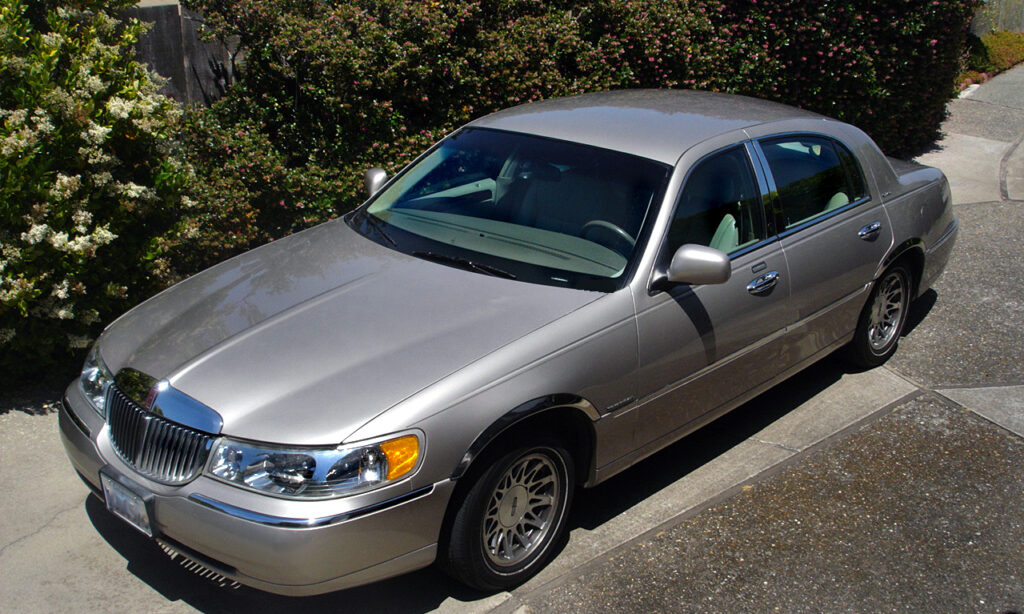
8. **Cross-Industry Tech Partnerships: The Future of Automotive Collaboration**In an automotive industry characterized by rapid technological advancement and unprecedented external pressures, traditional mergers are often giving way to more agile and specialized cross-industry tech partnerships. The lessons learned from failed mega-mergers, such as the Honda-Nissan talks, highlight that while the pursuit of scale remains important, the deep-level collaboration required for advanced R&D, particularly in electrification and software-defined vehicles, can sometimes be better achieved through targeted alliances rather than full corporate integration.
For companies like Nissan, which is navigating financial instability and the need to strengthen its position in advanced technologies, seeking alternative partners such as tech firm Foxconn “remains to be an option,” as suggested by analyst Seiji Sugiura. This proposition extends beyond Nissan, with Sugiura also noting that a Foxconn-Honda tie-up is possible, given that Foxconn possesses “technologies Honda wants.” These discussions underscore a growing recognition that specialized technological expertise often resides outside traditional automotive boundaries, necessitating partnerships with tech giants that can accelerate innovation without the complexities of a full merger.
Another telling example of this evolving partnership dynamic is LG Energy Solution’s acquisition of General Motors’ entire stake in their Ultium Cells battery plant in Lansing, Michigan. While this represents an acquisition for LGES, for GM, it is a strategic divestment and a realignment of its battery supply chain strategy. This move allows GM to focus its capital and resources elsewhere, potentially gaining more flexibility in securing battery technology without being tied to a co-ownership structure. Such realignments demonstrate a calculated approach to collaboration, where ownership structures are adjusted to optimize resource allocation and enhance technological agility.
The industry’s collective response to the “Global and Reciprocal Tariffs” further emphasizes the critical role of collaboration and transparency. Nick Gaydos, Editor of Automotive Supply Chain Risk Digest, noted that “there’s no simple playbook for this moment,” and that the “entire automotive ecosystem must respond, together.” This includes mapping and monitoring deep-tier sourcing, sharing data transparently, and co-developing solutions with suppliers and tech partners. These partnerships extend beyond simple procurement, evolving into intricate networks aimed at building resilience against tariff stacking, supply chain disruptions, and the financial fragility impacting smaller suppliers.
Indeed, the structural shift underway demands “strategic recalibration across investment, product planning, and global operations,” according to Henner Lehne. As such, the refusal to merge in the traditional sense is often a strategic choice to instead pursue a constellation of partnerships—with technology providers, specialized suppliers, and even competitors in specific R&D areas. This approach fosters a more adaptive and resilient ecosystem, enabling automakers to access critical technologies, mitigate risks, and navigate an increasingly fragmented and unpredictable global market without compromising their core strategic independence. The future of automotive success lies not necessarily in monolithic entities, but in finely tuned, collaborative networks that can pivot and innovate with unparalleled speed and precision.
The global automotive industry is not merely facing headwinds; it is undergoing a profound metamorphosis. The decisions by major manufacturers to reject sweeping mergers are not signs of weakness, but rather deliberate strategic recalibrations in the face of unprecedented geopolitical, economic, and technological pressures. As we’ve seen, companies are opting for agility, localized resilience, and specialized partnerships over monolithic consolidation, recognizing that the battle for market leadership is now fought on multiple fronts—from software innovation to supply chain stability. The path forward is less about singular titans and more about a dynamic ecosystem of collaboration, strategic independence, and continuous adaptation.


